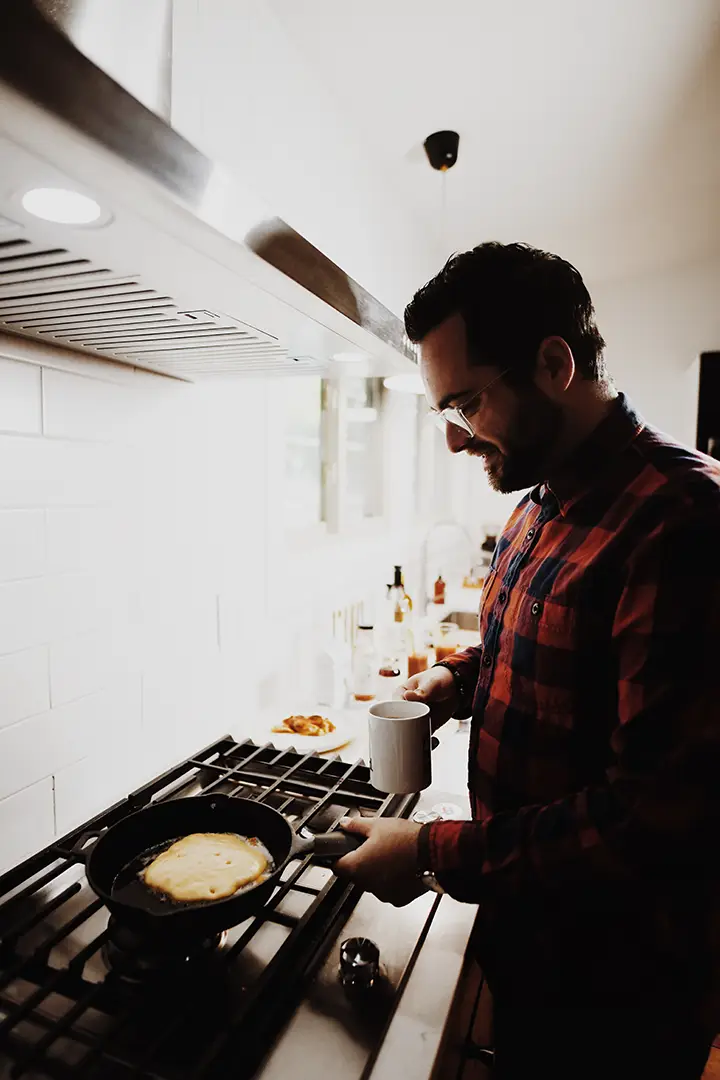Maximizing Efficiency and Enjoyment With Blender
Whether you are a master chef, a smoothie enthusiast, or just want fast and reliable use of your blender, here are some key tips to maximize your blender usage and experience.
When you are using your blender, make sure that you are using the right blade for the job. Blade type and shape will determine the effectiveness of the blending process and can make a dramatic difference. Also, make sure the blade is securely attached before you start blending.
Fill up your blender with a few ingredients at a time, and blend for short bursts. This increases the overall speed of the blending process and gives you better results. You should also pull the ingredients to the center of the container. This prevents air pockets from forming.
Be sure to add the liquid to the blender first. This ensures the other ingredients are more evenly distributed and mixed together.
If you are using a glass container instead of a plastic one, remember it has a higher risk of breaking due to temperature changes. This can occur when cold ingredients are mixed with hot items and then put into the container.
Finally, remember to scrape the sides of the blender between blends. This ensures no food is left behind.
By following these simple tips, you can make sure you get the most out of your blender while preventing potential damage.
If you need a repair technician to fix a broken or malfunctioning blender, our directory of appliance repair technicians can help you find a trusted and experienced repair tech.
10 Best Practices for Using Blender
- What are the key principles for using Blender?
Blender is a versatile and powerful 3D modelling, animation and rendering suite. The key principles for getting the most out of Blender are understanding its user interface, knowing basic modelling, animation, and rendering techniques, and harnessing built-in features, modules and add-ons.
- How can I become familiar with the Blender user interface?
To get familiar with the user interface, have a look at Blender’s built-in tutorials, read the user manual and watch tutorials on the web. The key elements of the user interface are the 3D View, Properties shelf, Info panel, Outliner, Global Timeline and Toolbar.
- What techniques do I need to know to create quality 3D models?
Quality 3D models require an understanding of techniques including extrusion, subdivision, welding, mirroring, and Boolean operations. Different materials also need to be set for different objects which will affect how each model looks.
- How do I animate a 3D model in Blender?
Animation can be achieved in Blender with the use of keyframes for both object and camera movements. By placing keyframes at the beginning and end of the animation, you will be able to define the transformation of the object throughout the animation.
- What is rendering and what are the best practices?
Rendering is the process of creating a photo-realistic image/video from a 3D model/scene. For best results, use Blender’s built-in render engines such as Cycles or Eevee. Adjust the different settings such as the sampling rate, filter settings, and lighting settings to your desired look. Also consider using a specialized render farm to take advantage of distributed computing and help to speed up the rendering process.
Key Takeaways for Using Blender
- Ensure the right blade is securely attached for the blending task.
- Add ingredients in small batches, and blend in short bursts.
- Always add the liquid ingredient first.
- Glass containers are susceptible to breakage due to temperature changes.
- Scrape the blender between blends to ensure no food is left behind.
